Thriving with Multiple Myeloma: Yvonne’s Story of Strength Through Advocacy
Yvonne’s story is one of resilience, hope, and determined self-advocacy. Diagnosed with multiple myeloma in August 2008, Yvonne refused to let her diagnosis define her. She continued living fully, even earning her doctorate while undergoing treatment. Her life wasn’t paused by cancer; it evolved, grew, and took on new meaning.
Interviewed by: Keshia Rice
Edited by: Katrina Villareal
It all started with sharp pain in her hip after a family trip. What seemed like a sudden injury led to a life-changing diagnosis. Instead of dwelling on fear, Yvonne focused on understanding multiple myeloma and moving forward. Her family was her motivation, especially her daughter, who was just starting college at the time and whom she was determined to watch graduate.
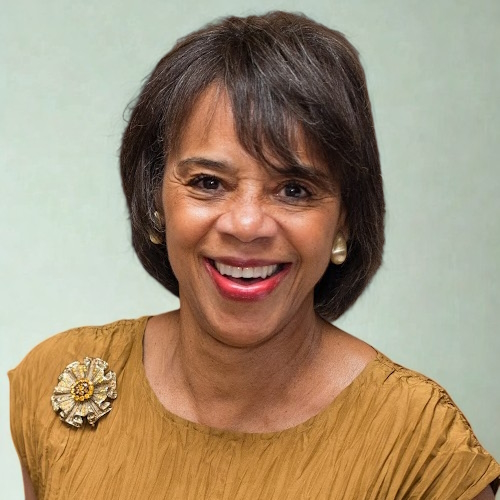
Throughout her experience with multiple myeloma, she prioritized learning and staying engaged. The Winship Cancer Institute of Emory University gave her access to educational materials early on, while she and her family took an active role in researching and understanding treatment options. This curiosity and courage eventually led her to CAR T-cell therapy, one of the most advanced treatments available.
Even when treatment became intense, such as during her stem cell transplant, Yvonne stayed grounded. She was scared, yes, but she asked questions, made informed decisions, and didn’t let fear take over. She delayed one of her treatments to walk across the stage and accept her doctoral degree. That moment represented more than academic success — it was proof of her persistence and belief in living fully despite the diagnosis.
Yvonne also found meaning and healing through advocacy. As a volunteer with The Leukemia & Lymphoma Society, and in particular its Myeloma Link program, she helped spread awareness in her community. She became a role model for those newly diagnosed, showing them that survivorship with multiple myeloma is not just possible, it’s vibrant.
Her advice is to stay positive, ask hard questions, know your options, and be your own advocate. “You can move through it,” she says, “with a sense of pride.” Yvonne’s strength isn’t in never feeling afraid — it’s in showing up, speaking up, and continuing to live with purpose and grace.
Watch Yvonne’s full video to find out more about her experience:
- Learn how Yvonne earned her doctorate while navigating treatment.
- What she told her doctor when facing her first stem cell transplant.
- The surprising support system that helped her graduate during hospitalization.
- How CAR T-cell therapy changed her approach to treatment.
- Why she believes self-advocacy is the most powerful tool in managing multiple myeloma.
- Name: Dr. Yvonne D.
- Age at Diagnosis:
- 52
- Diagnosis:
- Relapsed/Refractory Multiple Myeloma
- Symptoms:
- Severe hip pain
- Trouble walking (due to a broken pelvis)
- Extreme fatigue
- Bone pains
- Treatments:
- Chemotherapy
- Stem cell transplant
- Radiation therapy
- Surgeries
- CAR T-cell therapy
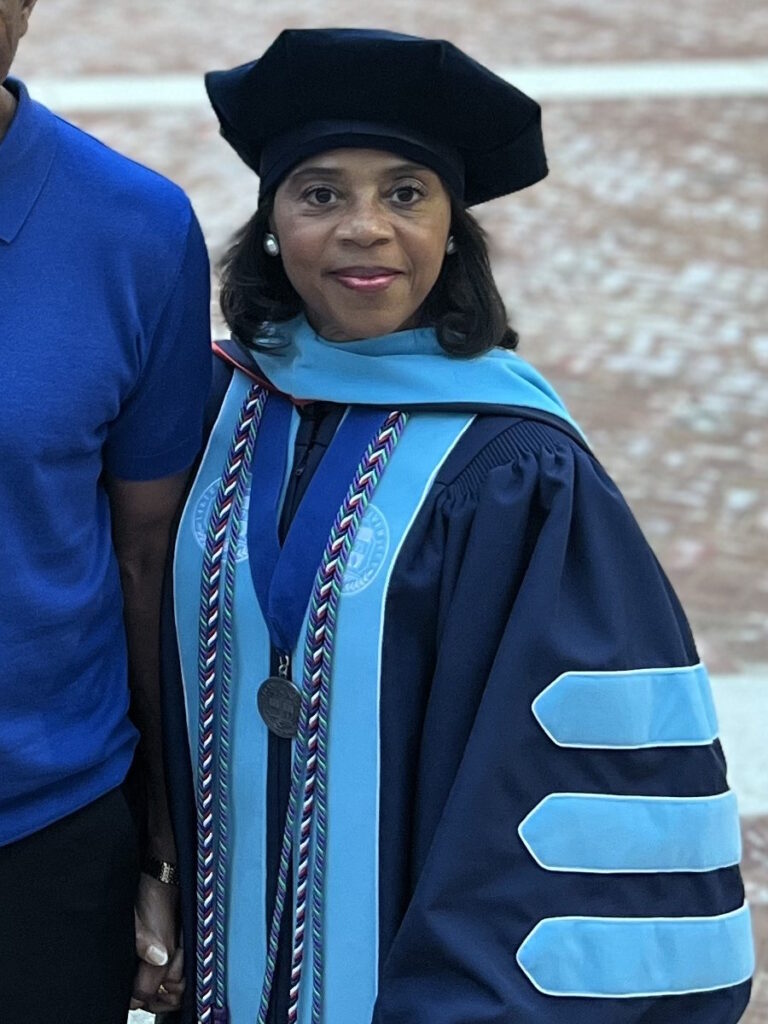
This interview has been edited for clarity and length. This is not medical advice. Please consult with your healthcare provider to make informed treatment decisions.
The views and opinions expressed in this interview do not necessarily reflect those of The Patient Story.
Thank you to The Leukemia & Lymphoma Society for their partnership. The Leukemia & Lymphoma Society is here for you with information about clinical trials, resources, and support.
- Introduction
- How My Symptoms Started
- How My Family Motivated Me
- What Resources Helped Me at the Beginning of My Diagnosis
- How I Found Out About CAR T-cell Therapy
- What It Felt Like to Do New Treatment Therapies
- I Earned My Doctorate Before My Second Stem Cell Transplant
- What I Learned About Life
- What I Want Other Multiple Myeloma Patients to Know
One symptom that stood out was the pain in my hip.
Introduction
I’m Yvonne and I was diagnosed with multiple myeloma on August 25, 2008.
My husband and I are retired, so we’re involved with a lot of volunteer organizations. We’re busy with activities at home. We like entertaining, traveling, gardening, and cooking. Outside of illness, we try to expand our interests in different areas. We watch plays and visit museums. We live our everyday lives. It’s about living with the disease and not succumbing to it.
How My Symptoms Started
One symptom that stood out was the pain in my hip. We went to a family reunion and were flying back from Delaware. When I stepped down from the shuttle, this pain exploded. My family got a wheelchair for me. That week, I was in the doctor’s office and the process of getting the diagnosis began.
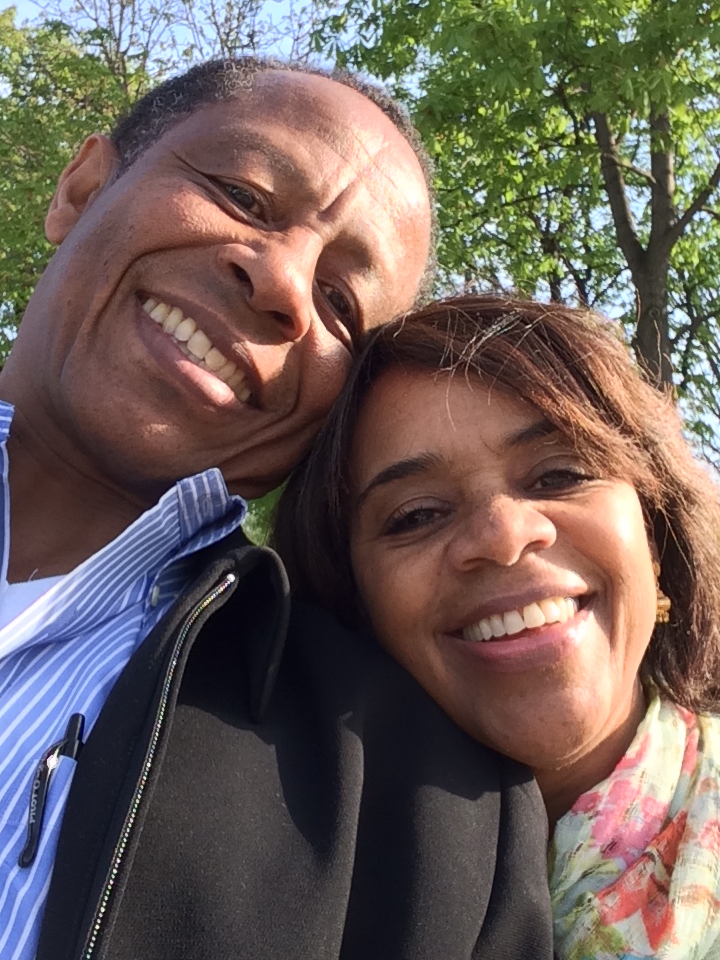

How My Family Motivated Me
It has been 17 years. My daughter was starting college and I was determined to see her graduate. I have since seen her graduate four times. My family needed me and I needed them. I was determined not to have a defeatist attitude. I wasn’t woeful at the beginning. I never was. I needed to understand what I had and how to navigate this.
They were encouraging and supportive with every treatment. I learned that through illness, you build some resilience. You have to build resilience. I had things to look forward to. I had life to look forward to.
Even though the diagnosis was bleak initially, there have been advances in therapies and I continued to be positive about it. As such, I’ve continued to be involved. I went back to school and did all the things that you do when you’re not thinking about what’s going to happen. I never thought about whether the end was near.
I didn’t share my story with too many people. I was working for an airline at the time. They knew that I was ill. I would go for my treatments and go back to work. I kept one foot in front of the other and went about the business of living and not thinking about the alternative.
I took the resources that were presented to me and continued to learn about the new therapies.
What Resources Helped Me at the Beginning of My Diagnosis
I’m a patient at Winship Cancer Institute of Emory University and they provided quite a bit of material for me and my family to learn about the disease. We also researched on our own. I became involved with The Leukemia & Lymphoma Society (LLS). They have a division called Myeloma Link.
My involvement with Myeloma Link took me into the community as a community volunteer at different events. They were in churches, in sorority and fraternity meetings, explaining what myeloma was and how you should continue to take care of your health. I became involved with another organization as well.
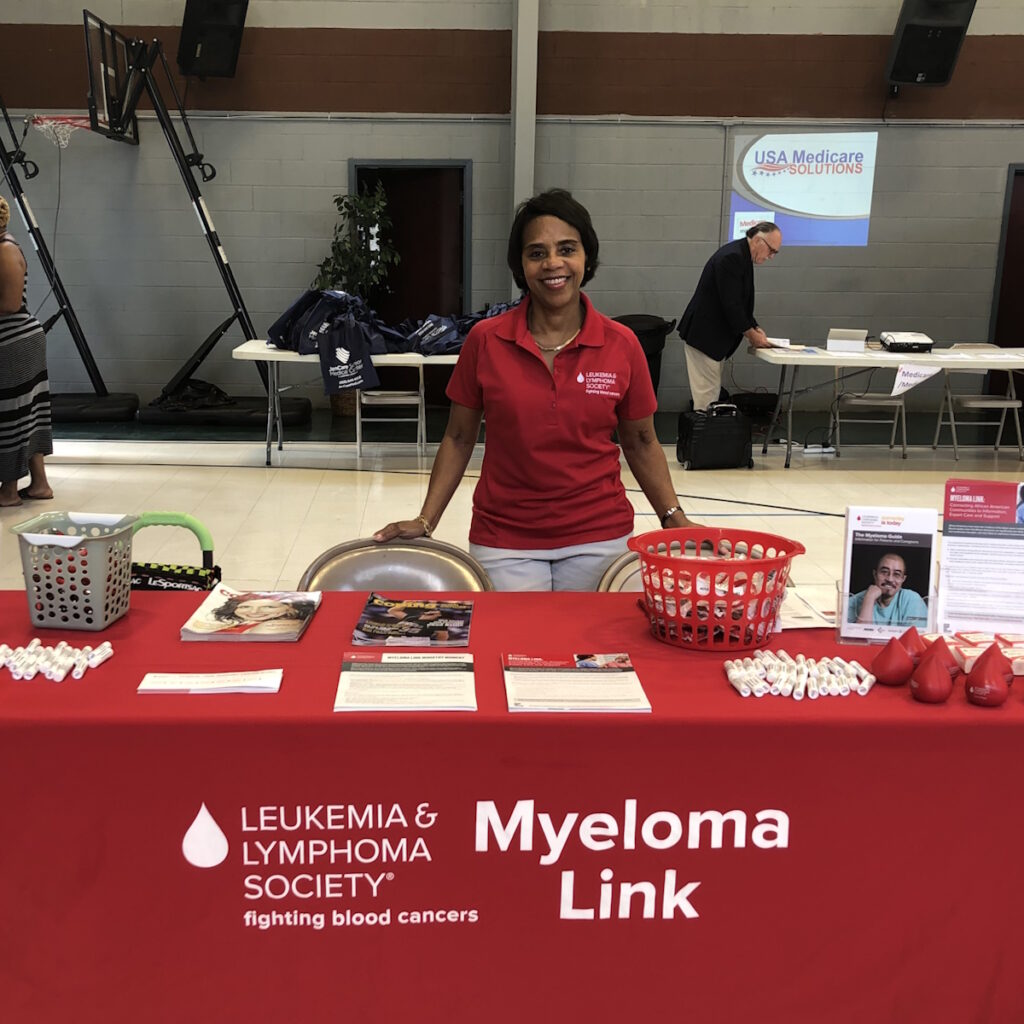
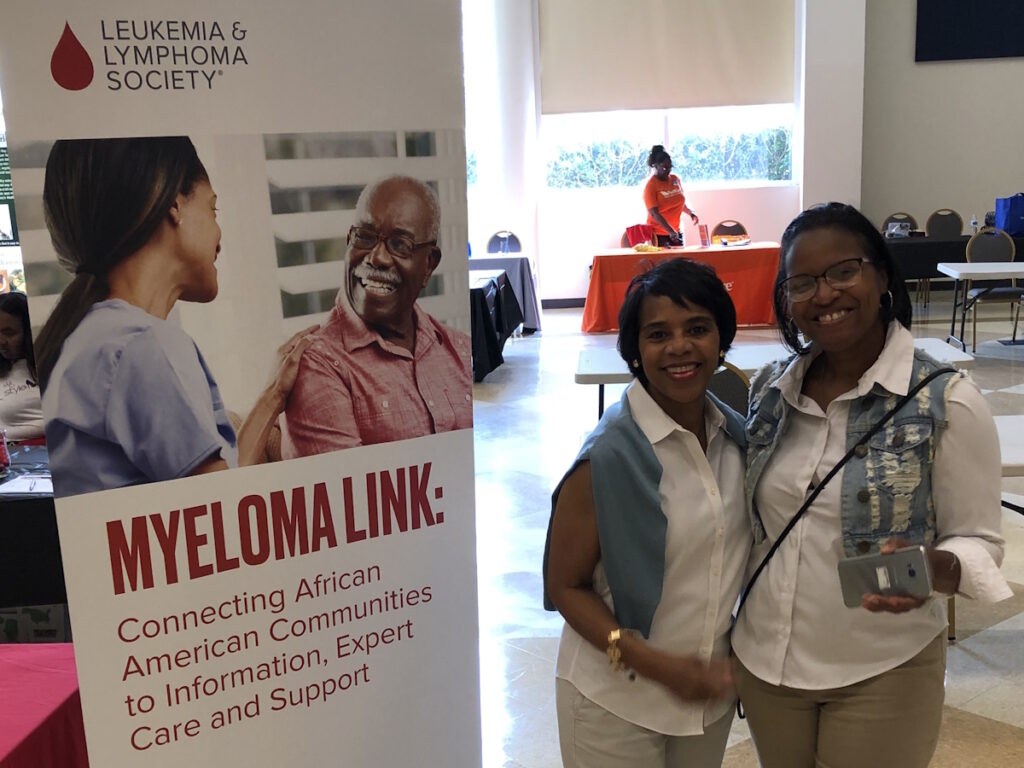
I took the resources that were presented to me and continued to learn about the new therapies. I spoke with my oncology team as well, who helped me through this process.
Materials were available to patients at Emory. I remember picking up a pamphlet. My initial involvement didn’t come until 2018 to 2019, but I had the material and I continued to research and read.
I decided after my stem cell transplant that I needed to become a little bit more engaged with my health as well as the community. I went to a conference, spoke with one of the representatives about volunteering, and the rest is history. I went through some training and shadowed a couple of volunteers.
They froze the cells, but I didn’t receive my stem cell transplant until 10 years later.
How I Found Out About CAR T-cell Therapy
I’ve only had two oncologists. My first doctor retired. He was slated to introduce one of his patients to CAR T-cell therapy. He had discussed this treatment with my family years prior. It was still in the developing stages then.
During a consultation visit, he talked to my husband and me about this new therapy and we agreed to it. We scheduled it after one of my graduations. I pushed it back a little bit because I wanted to walk across the stage, which I did.
I was in the hospital for about a week. I was fine for about two to three years and then I had to go back into treatment. It was explained to me that this treatment is the latest and greatest. I felt fine and still do. I’m back in therapy now getting a different treatment, but I’m nowhere near as ill as I was.
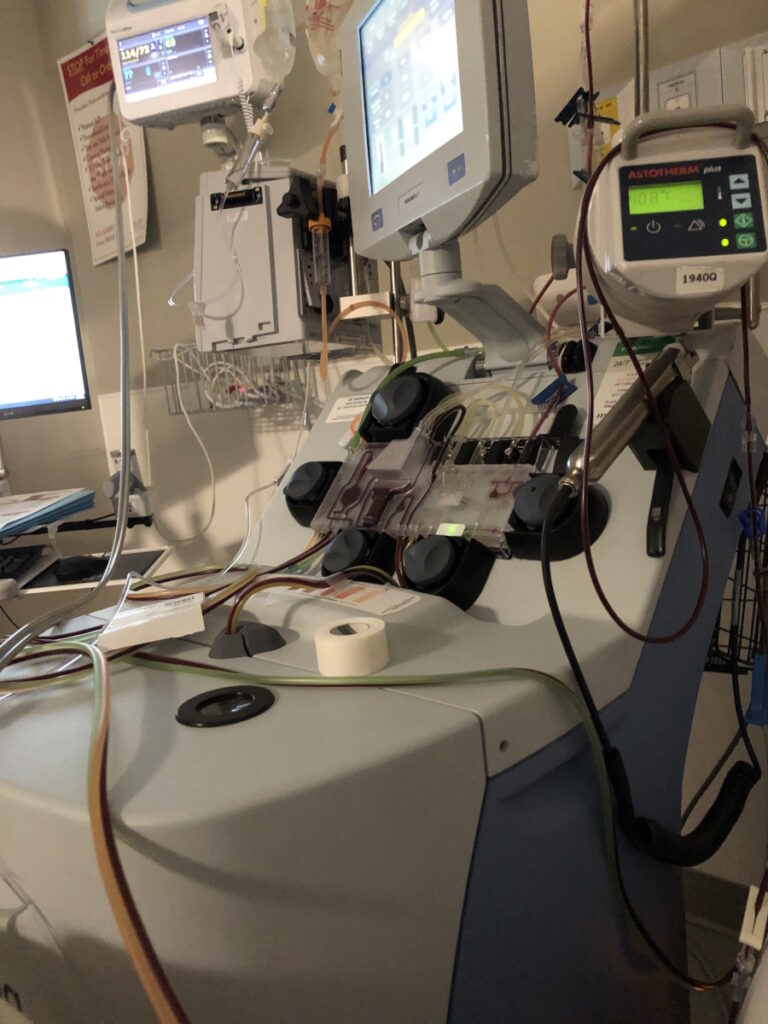
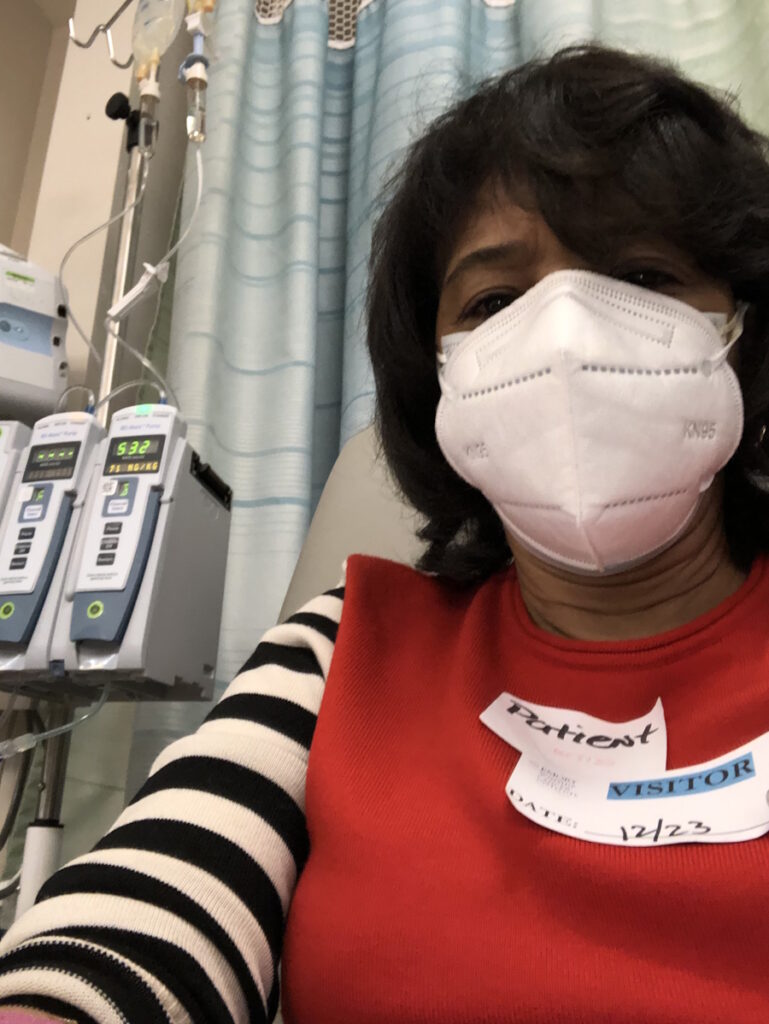
What It Felt Like to Do New Treatment Therapies
The only anxiety that I experienced throughout my experience was getting the stem cell transplant. I was receiving three different drugs twice a week for six months. In week 6 or 7, I went to the hospital to get the stem cell transplant. I reacted positively to the treatment initially. I distinctly remember that my stem cells were extracted on my birthday in 2008.
After all the paperwork and the discussions about how this was going to play out, I was downright scared of this treatment. It was explained that I was going to the hospital and would get a massive dose of chemotherapy. I remember asking my oncologist what this would do. He looked at my blood work and said, “It will get you to where you are now,” where the count was zero and the myeloma count wasn’t showing up. I said, “I don’t want it.”
They froze the cells, but I didn’t receive my stem cell transplant until 10 years later because I reacted so positively to the treatments that were being administered to me. I was happy about that, but that was the only time that I was scared about receiving some form of treatment.
I wanted to prove to myself that, despite all the different moving parts, I can still get this done.
I Earned My Doctorate Before My Second Stem Cell Transplant
It was fulfilling for me to earn my doctorate. It was something that I challenged myself with. At the end of the road, I was going to walk across the stage. I was going to go back to treatment at the same time I was going to graduate. I said, “This is something I want to do. Is that possible?” They said absolutely, so they rescheduled all the preliminary work for about three weeks. I was able to graduate and then go back to the hospital.
I wanted to do that also because when I finished my master’s degree, I was in the hospital. I was going to miss my last two classes. I was in my second-to-last class and I had to go to the hospital. My professor gave me a grade because I had done the work.
She was so instrumental in my graduating with my master’s degree. She came to my house and tutored me for my last class so I’d catch up. I’ve had a support system from the least likely of people, which gave me the drive to survive and say that I could do this.

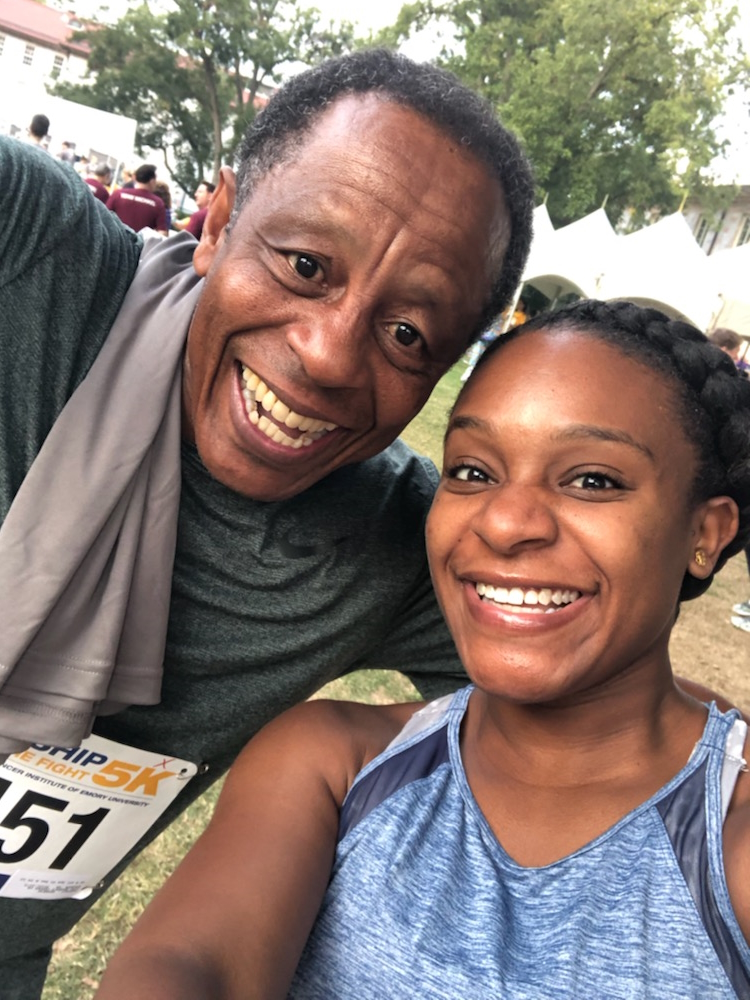
I graduated with honors in my doctoral degree, and I was proud of myself. My family was proud of me. That speaks to being determined to do your best and not succumbing to the myeloma. Just because I don’t feel well doesn’t mean I’m not going to do this or that. That’s never been how I am. I wanted to prove to myself that, despite all the different moving parts, I can still get this done. And I did.
What I Learned About Life
You move past pettiness. When you’re diagnosed with cancer, you look at the bigger picture and what’s important. You look at what life is about. Sure, there’ll be ups and downs, heartaches, and all the things that one would experience when you’re not afflicted with a disease, but you learn to appreciate the beauty of small things.
I’ve learned to discover what else I can do, how I can help, and how I can give back. When I was at different events with The LLS and the public would come up to the table, I was the example of how you can continue to move through the disease.
Positivity is key. You don’t want to come into this journey with a defeatist attitude.
I was being asked questions, so I shared, but I didn’t go in depth. I let them know that I’m a myeloma patient and have been for X number of years. You can move through it. Not necessarily past it, but you can move through it with a sense of pride. I’m a survivor and I will continue to keep on surviving for as long as I can.
What I Want Other Multiple Myeloma Patients to Know
Remain positive. Be your own advocate. Understand what you’re going through. Ask the tough questions, even if you don’t want to hear the answers. Learn what may be available to you.
Positivity is key. You don’t want to come into this journey with a defeatist attitude. You need to keep your chin up. Strive for something. Appreciate life and its beauty. Love your family. Tell everybody you love that you love them. Live your life.
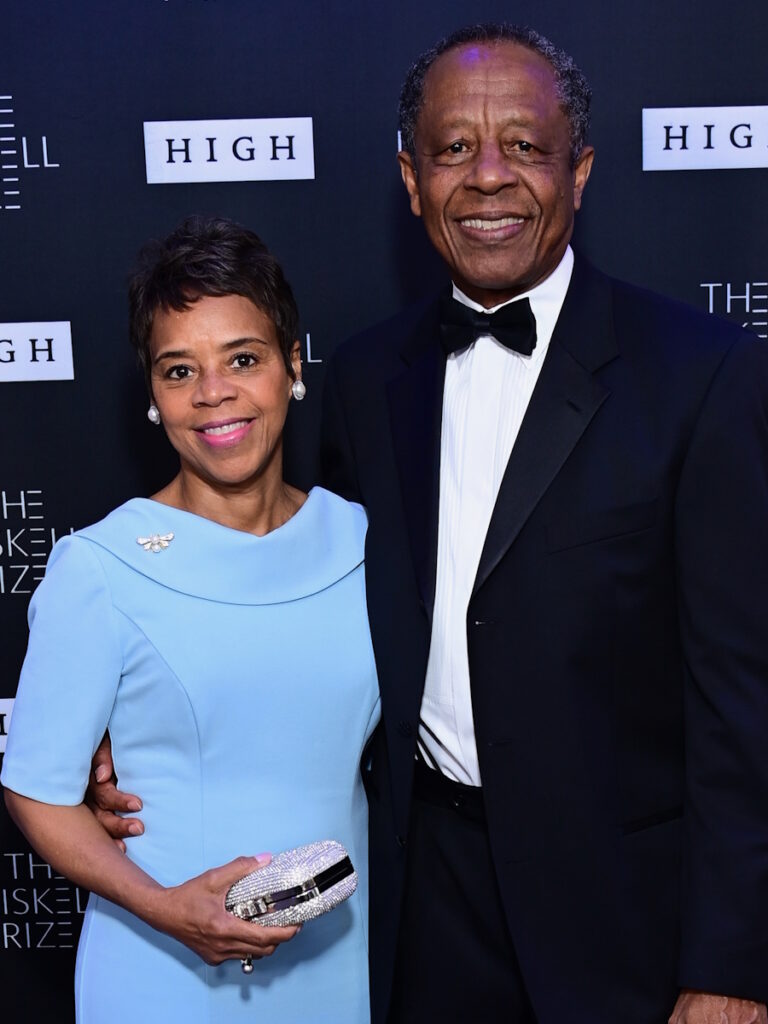
Thank you to The Leukemia & Lymphoma Society for their partnership. The Leukemia & Lymphoma Society is here for you with information about clinical trials, resources, and support.

Inspired by Yvonne's story?
Share your story, too!
More Relapsed/Refractory Multiple Myeloma Patient Stories
Dr. Yvonne D., Relapsed/Refractory Multiple Myeloma
Symptoms: Severe hip pain, trouble walking due to a broken pelvis, extreme fatigue, bone pains
Treatments: Chemotherapy, stem cell transplant, radiation therapy, surgeries, CAR T-cell therapy
Michele J., Relapsed/Refractory Multiple Myeloma
Symptoms: Fatigue, anemia, persistent lower back pain, sharp leg pain during movement
Treatments: Surgery, chemotherapy, stem cell transplant
Theresa T., Relapsed/Refractory Multiple Myeloma, IgG kappa Light Chain
Symptom: Extreme pain in right hip
Treatments: Chemotherapy, CAR T-cell therapy, stem cell transplant, radiation
Laura E., Multiple Myeloma, IgG kappa
Symptom: Increasing back pain
Treatments: Chemotherapy, stem cell transplant, bispecific antibodies
Donna K., Refractory Multiple Myeloma
Symptom: None; found through blood tests
Treatments: Total Therapy Four, carfilzomib + pomalidomide, daratumumab + lenalidomide, CAR T-cell therapy, selinexor-carfilzomib

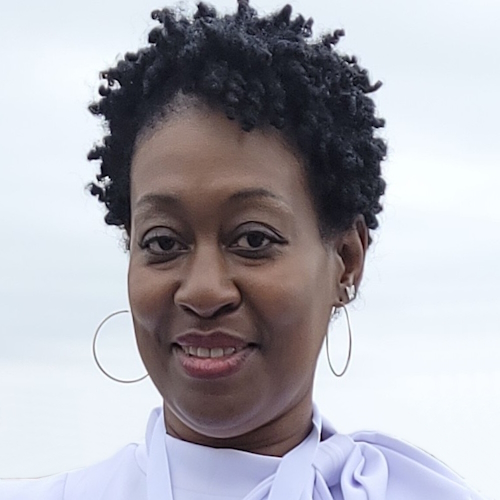
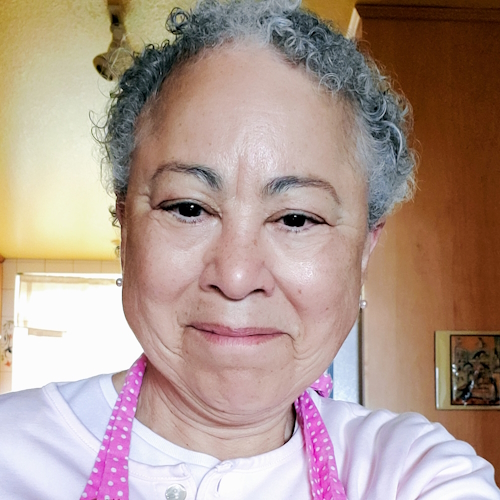
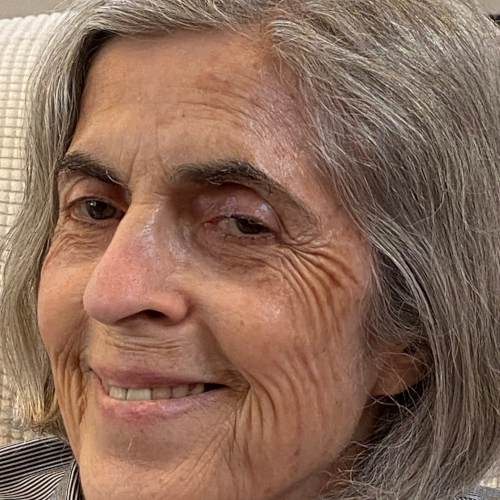
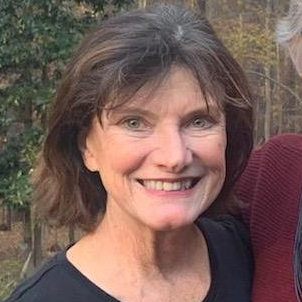
One reply on “Thriving with Multiple Myeloma: Yvonne’s Story of Strength Through Advocacy”
Yvonne thank you so much for sharing your powerful journey. Your strength, resilience and faith through this fight against myeloma are nothing short of inspiring. Your testimony gives hope to so many others walking a similar path. One of the things I admire most about you is how you never complain, no matter what you’re facing. You always remain positive, full of grace, and rooted in joy which is rare and a beautiful gift. I am so proud to call you my friend. Keep shining and “standing” (lol) warrior!